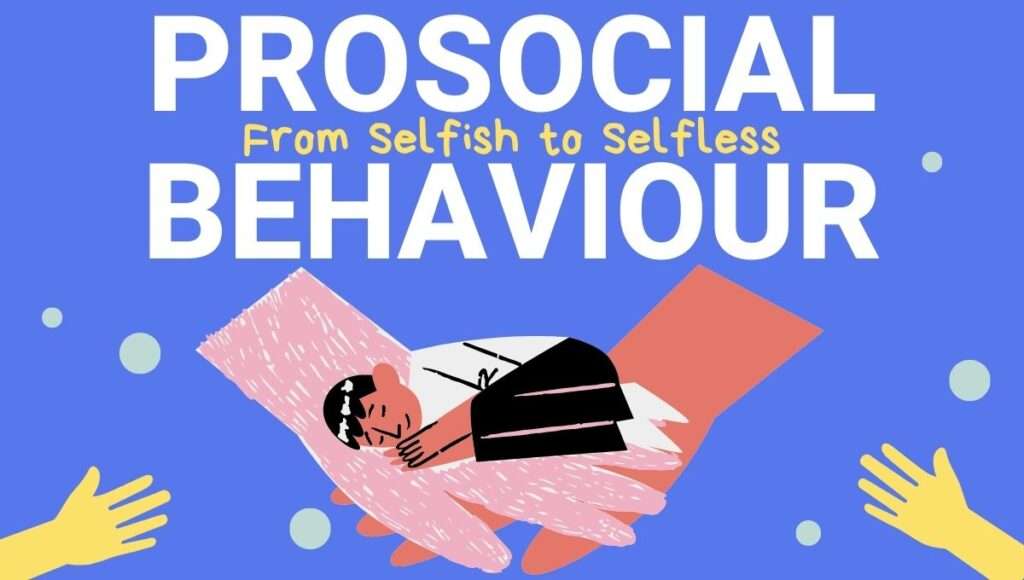Master Prioritization: Your Key 1 to Success
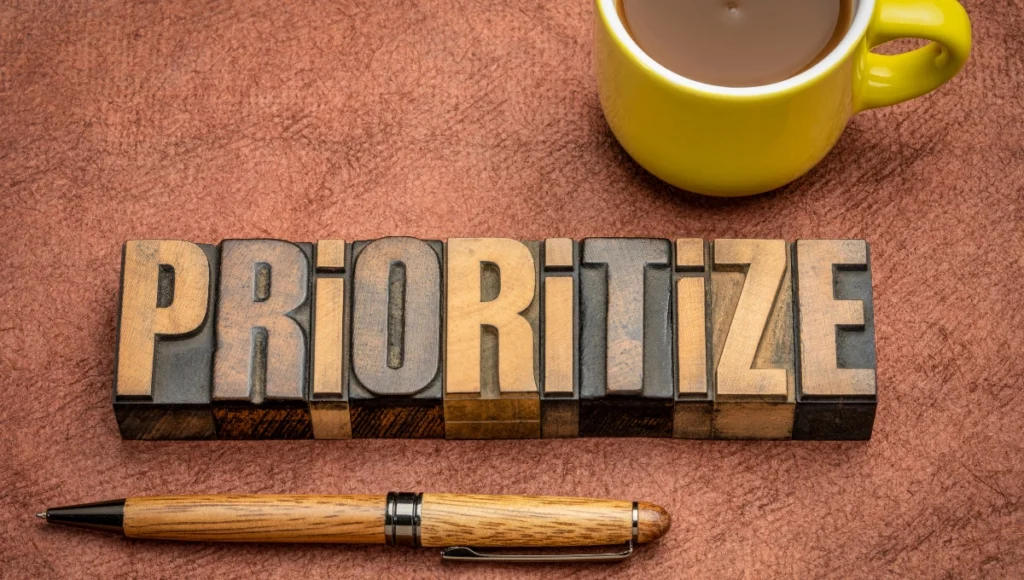
Introduction
Welcome to the ultimate guide on mastering the art of prioritization and unlocking your path to success. In today’s world, where there is an ocean of information and distractions, the ability to prioritize effectively has become an essential skill for success. By understanding the power of prioritization and implementing proven strategies, you can achieve your goals, increase productivity, and lead a more fulfilling life.
Let’s understand what exactly prioritization is and the science behind it;
Understanding Prioritization:
Well, prioritization is the process of identifying and ranking tasks or goals based on their importance and urgency. It’s also about making informed decisions on where to invest your time, energy, and resources precisely through filtering task pollutants.
By mastering the art of prioritization, you can gain control over your priorities and ensure that you focus on what truly matters
The Science behind Prioritization:
Did you know that our brains are wired to handle only a limited number of tasks effectively? Understanding the psychology and neuroscience behind prioritization can give you an edge in maximizing your productivity. When you grasp how your brain processes priorities, you can optimize your approach to decision-making and task management.
1. Cognitive Load Theory:
Cognitive Load Theory suggests that our brains have limited working memory capacity. When faced with a multitude of tasks or information, our cognitive load increases, making it harder to focus and make effective decisions. Prioritization helps to alleviate this burden by reducing the number of tasks competing for our attention.
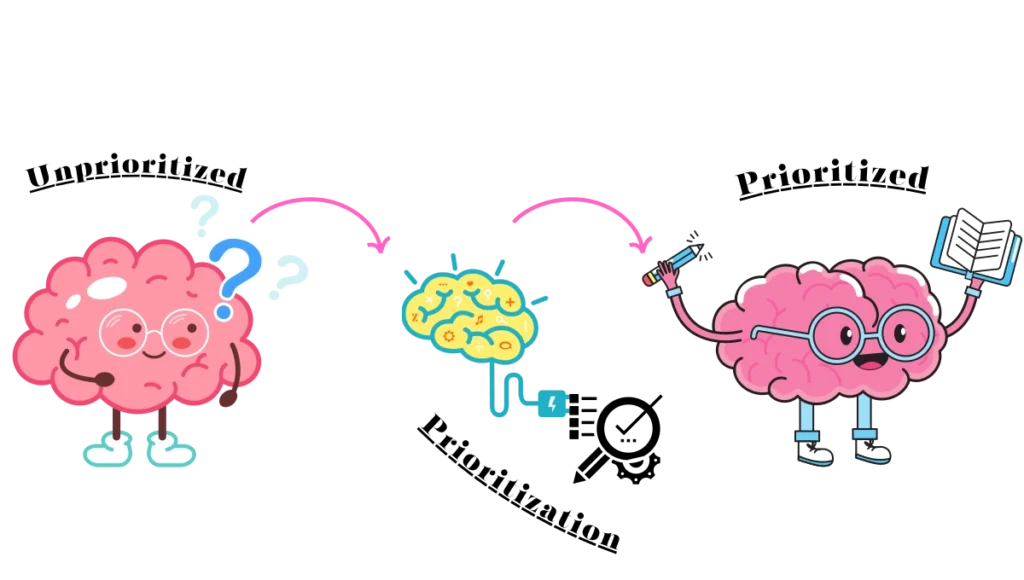
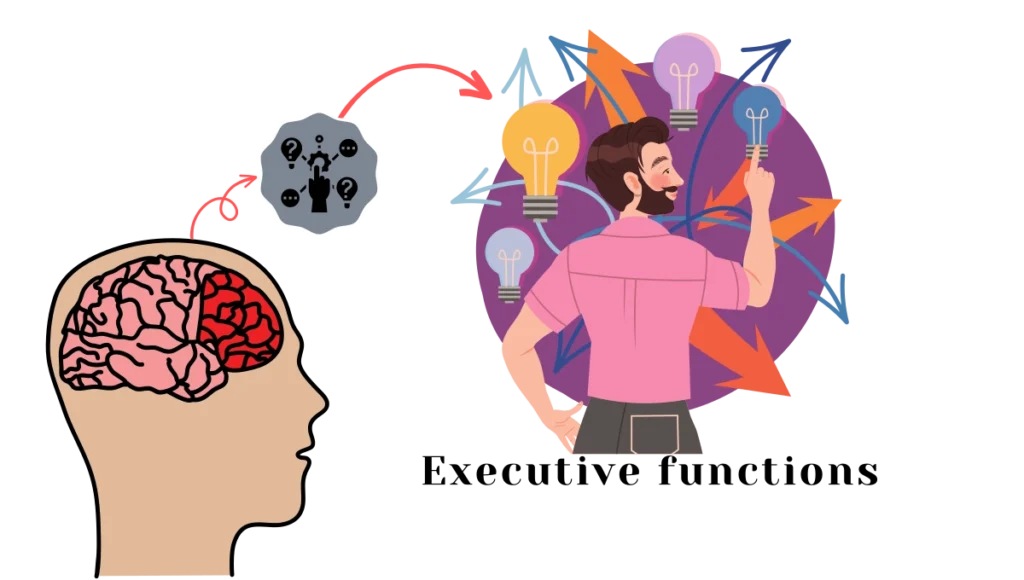
2. The Prefrontal Cortex:
The prefrontal cortex is located in the frontal lobe of the brain. It plays a crucial role in executive functions such as decision-making, planning, and working memory. When we prioritize, the prefrontal cortex comes into action. It allows us to evaluate the relative importance and urgency of different tasks.
3. The Urgency-Importance Matrix:
The Urgency-Importance Matrix, was popularized by the Eisenhower Matrix. This is based on the principle that tasks can be classified into four quadrants: urgent and important, not urgent but important, urgent but not important, and not urgent or important.
Research suggests that our brains are wired to respond more strongly to urgent tasks due to the brain’s reward system. By utilizing the matrix, we can consciously override this bias and allocate our attention and efforts to tasks based on their true significance.
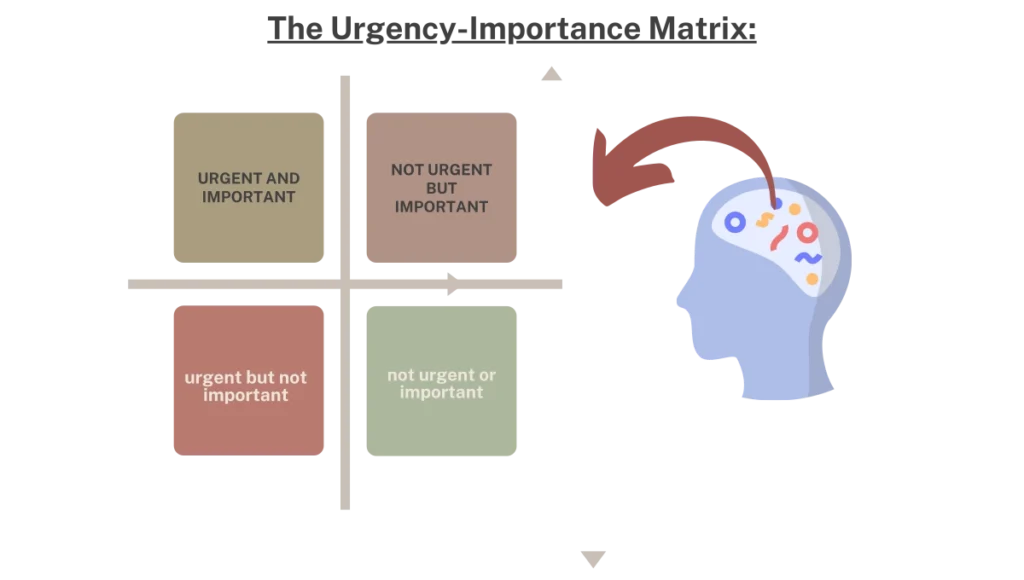
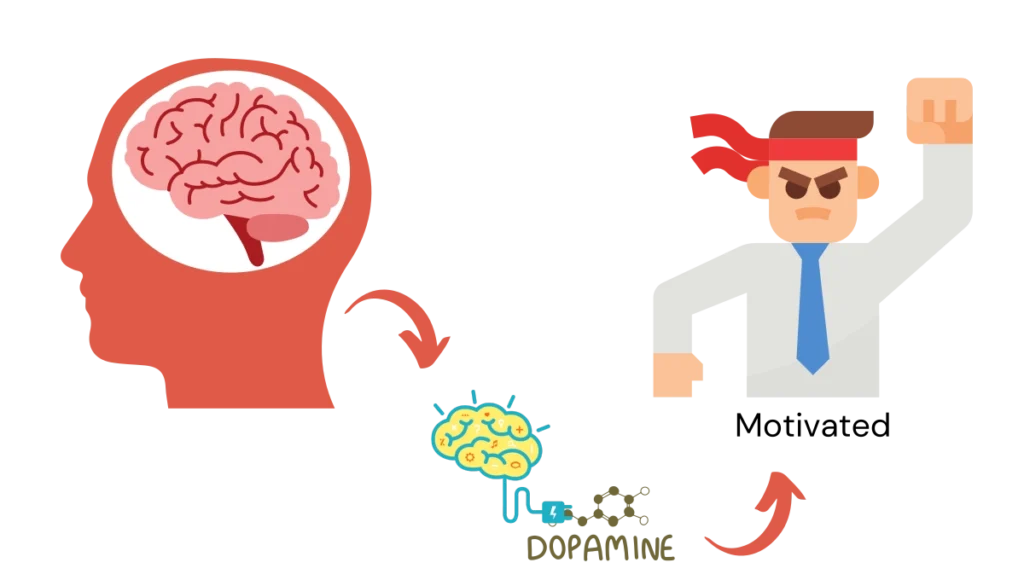
4. Neurotransmitters and Motivation:
Neurotransmitters play a very crucial role in motivation and reward processing, for example- dopamine. When we prioritize tasks and achieve a sense of progress or completion, our brain releases dopamine, reinforcing the behavior and encouraging us to continue prioritizing effectively.
5. Decision-Making and Emotional Regulation:
The process of prioritization involves decision-making, which is influenced by both rational and emotional factors. Emotional regulation, facilitated by brain regions like the amygdala and prefrontal cortex, helps us manage distractions, stay focused, and make decisions aligned with our long-term goals.
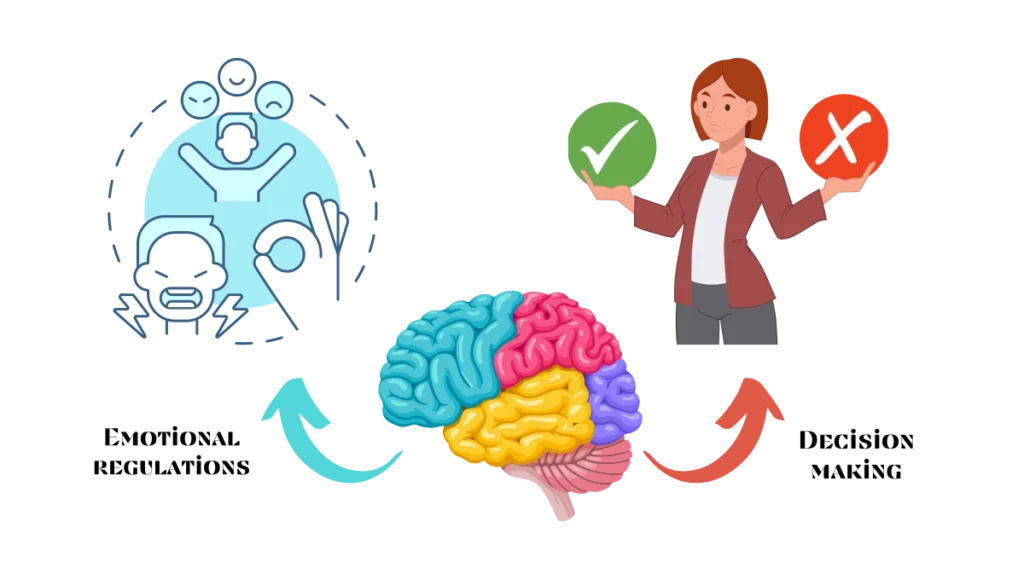
By understanding these scientific aspects, we can optimize our approach to prioritization. We can leverage our brain’s capacity for decision-making, manage cognitive load, and utilize techniques that align with the brain’s natural tendencies.
The science behind prioritization empowers us to make informed choices, enhance productivity, and achieve success in both our personal and professional lives.
Now that we know how prioritization affects our brain we need some strategies and techniques to master this art lets get it.
Strategies for Mastering Prioritization:
Prioritization Frameworks and Models: Explore popular frameworks such as the Eisenhower Matrix, which categorizes tasks into urgent, important, not urgent, and not important quadrants. Discover how these models can help you make informed choices and allocate your time wisely.
Setting Clear Goals: Learn the art of setting clear, specific, and actionable goals. By defining your objectives, you can align your priorities with your long-term vision, enabling you to make consistent progress towards success.
Aligning Priorities: Discover how to evaluate and align your priorities with your values, mission, and overall objectives. By ensuring harmony between your priorities and your larger purpose, you can find fulfillment in your pursuits.
Prioritization Techniques or Frameworks.
Technique 1: Eisenhower Matrix
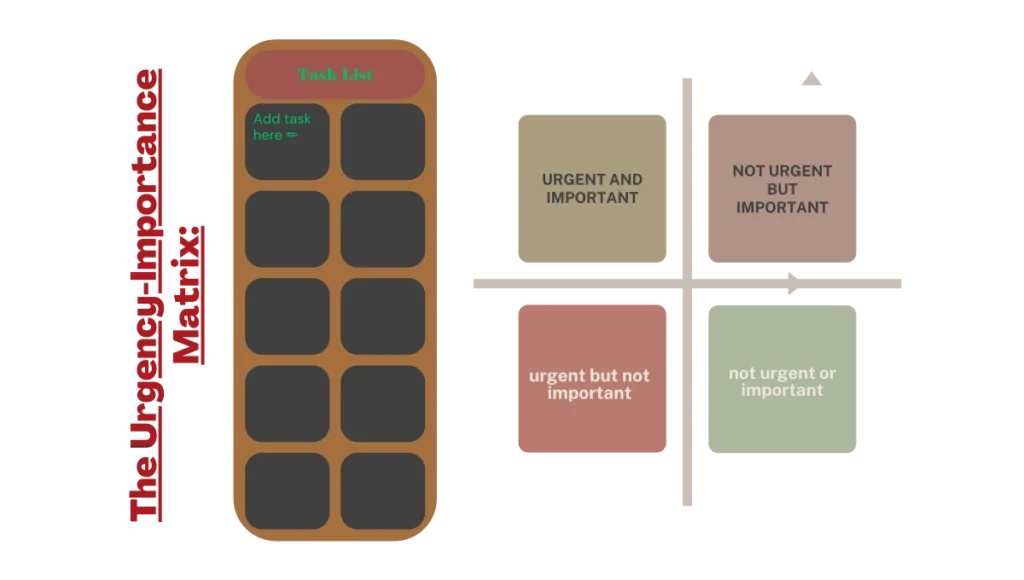
The Eisenhower Matrix, named after former U.S. President Dwight D. Eisenhower, is a powerful prioritization tool that categorizes tasks into four quadrants:
1. Urgent and Important (Do First): Tasks that are both urgent and important should take top priority. These are often deadline-driven tasks or activities crucial to your long-term goals.
2. Important but Not Urgent (Schedule): These tasks require your attention but don’t have immediate deadlines. Schedule time to work on them to prevent them from becoming urgent later.
3. Urgent but Not Important (Delegate): Tasks that are urgent but not important can be delegated to others. Delegation frees up your time to focus on higher-value activities.
4. Not Urgent and Not Important (Eliminate): These tasks provide little value and can be eliminated or postponed indefinitely.
Using the Eisenhower Matrix empowers you to make conscious choices about where to invest your time and energy for maximum impact.
Technique 2: ABCDE Method

The ABCDE Method is a straightforward prioritization technique that helps you sort tasks based on their significance. Here’s how it works:
(A). (Critical Tasks): Identify tasks that are crucial and must be completed. These tasks have severe consequences if left unfinished.
(B). (Important Tasks): These tasks are significant but not as critical as A tasks. They contribute to your long-term goals and should be addressed promptly.
(C). (Regular Tasks): Regular tasks are those that require your attention but can be rescheduled or delegated if necessary.
(D). (Delegate Tasks): Assign tasks that can be performed by someone else without compromising quality.
(E). (Eliminate Tasks): Evaluate tasks that are unnecessary or provide minimal value. Eliminate or minimize them to free up time for more meaningful activities.
The ABCDE Method allows you to prioritize tasks based on their impact, ensuring that you focus on what truly matters.
Technique 3: MoSCoW Method 20

The MoSCoW Method is commonly used in project management to prioritize requirements. It stands for:
Must-Have: Identify tasks or requirements that are critical and must be completed for project success.
Should-Have: These tasks are important but not essential for the project’s immediate success. They can be considered after the must-have tasks are completed.
Could-Have: Tasks categorized as could-have are desirable but not necessary for project completion. They can be addressed if time and resources permit.
Won’t-Have: These tasks are not included in the current project but may be considered for future iterations or separate initiatives.
By applying the MoSCoW Method, you can prioritize project tasks and personal tasks effectively and ensure that essential elements are addressed first.
Technique 4: Pareto Principle (80/20 Rule)
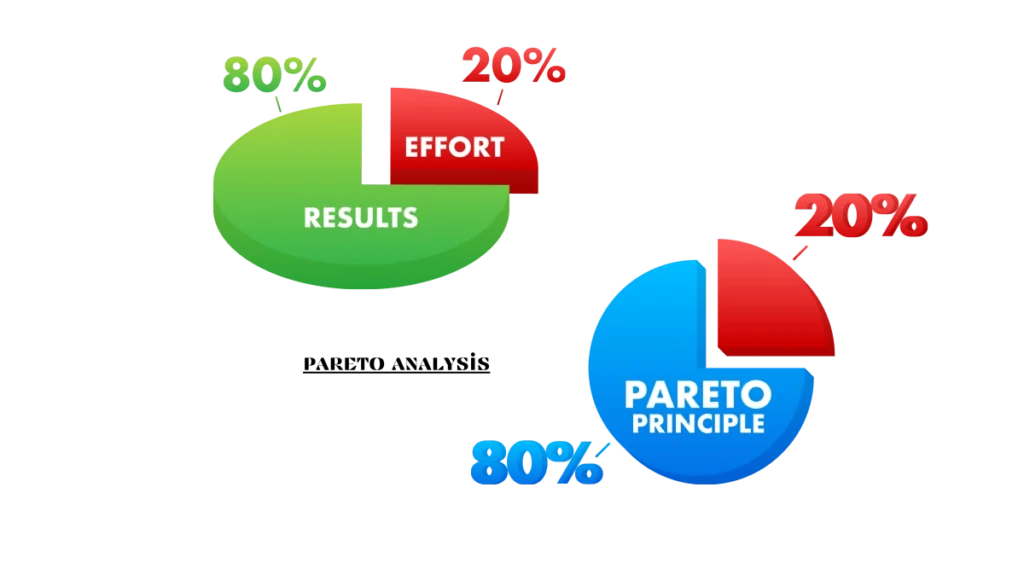
The Pareto Principle, commonly known as the 80/20 Rule, says that 80% of outcomes result from 20% of inputs. This principle can be applied to prioritization by identifying the most significant tasks that will yield the most significant results.
To leverage the Pareto Analysis, follow these steps:
1. Identify the most important tasks.
2. Determine the impact or value each task/activity generates.
3. Focus the majority of your time and effort on the high-impact tasks that fall within the vital 20%.
4. Delegate, automate, or eliminate the tasks that have minimal impact or fall outside the crucial 20%.
By focusing on the tasks that contribute the most value, you maximize your productivity and impact. Identify the key 20% of tasks that drive 80% of the desired outcomes and prioritize them accordingly.
Technique 5: The Action Priority Matrix
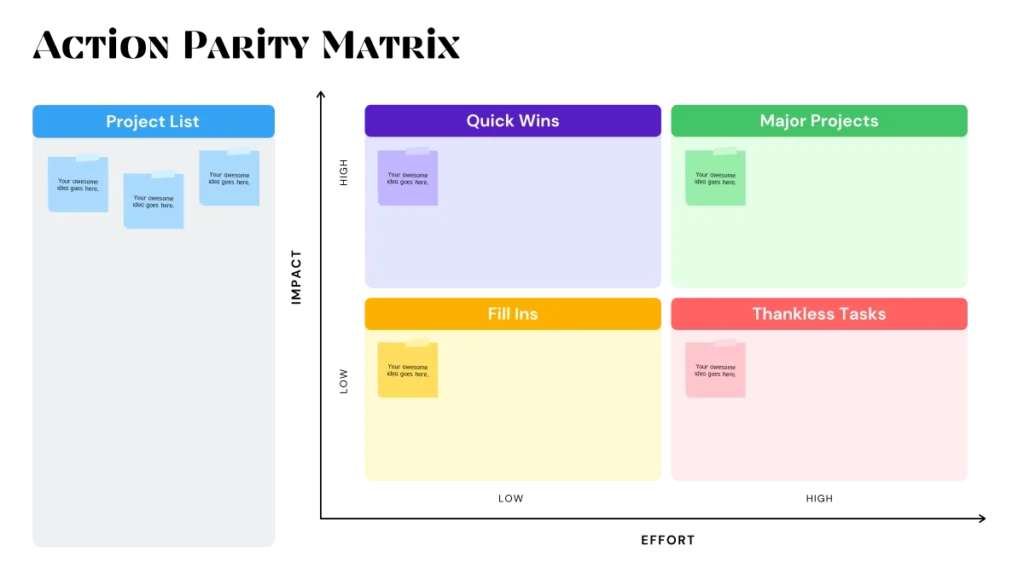
The Action Priority Matrix is a visual tool that helps you prioritize tasks based on their urgency and importance. It divides tasks into four categories:
Quick Wins: Tasks that are both urgent and important. These tasks can be completed quickly and provide immediate results.
Major Projects: These tasks are important but not urgent. They require careful planning and dedicated time and resources.
Fill-Ins: Tasks that are urgent but not important. These tasks are mostly distractions and can be delegated or eliminated.
Thankless Tasks: Tasks that are neither urgent nor important. They offer little value and should be eliminated or postponed indefinitely.
The Action Priority Matrix helps you to allocate your time and effort efficiently by categorizing tasks according to their impact and time sensitivity.
Technique 6. The RICE Framework
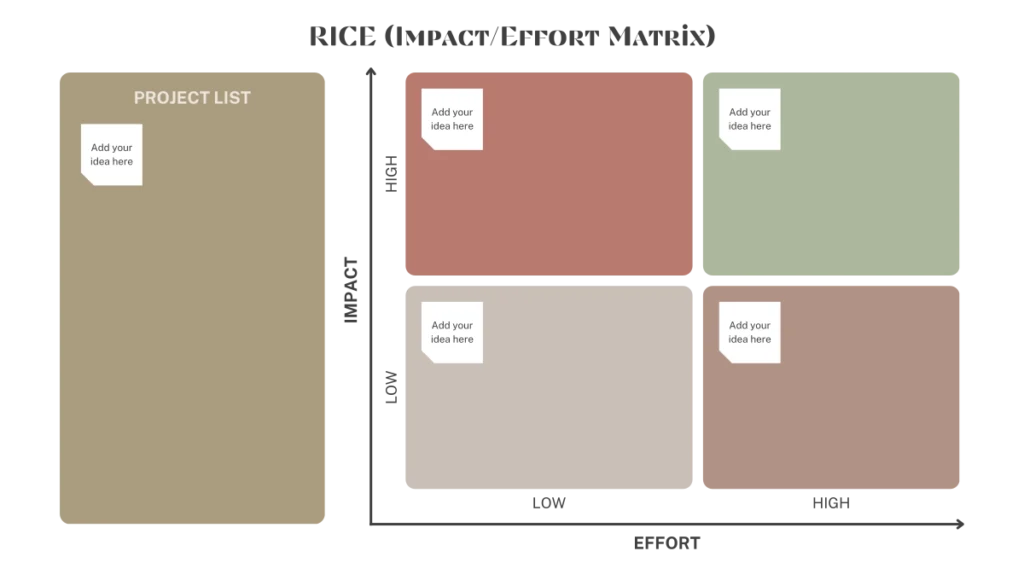
The RICE framework is a popular prioritization model commonly used in product management and decision-making. It helps assess and rank various initiatives, features, or projects based on four key factors:
Reach: The potential impact or audience reach of the initiative or project.
Impact: The anticipated positive effect or value it would generate.
Confidence: The level of certainty or confidence in achieving the desired outcomes.
Effort: The resources, time, or effort required to implement the initiative or project.
To prioritize using the RICE framework, assign scores to each factor on a scale (e.g., 1-10) and calculate the RICE score by multiplying the individual scores. Rank the initiatives or projects based on their RICE scores, giving higher priority to those with higher overall scores.
By leveraging the RICE framework, you can objectively assess and prioritize initiatives, ensuring that your efforts yield maximum impact and value.
Up to this point, you have learned about various strategies and techniques to master the art of prioritization. However, in order to consistently apply those techniques and strategies to improve your prioritization process, you need a tool called accountability.
Let’s see
How accountability can improve personal prioritization and how can it?

In the context of prioritization, accountability refers to the act of taking responsibility for one’s choices, actions, and outcomes related to the tasks and goals being prioritized. It involves being answerable to oneself or others for the progress, completion, or lack thereof, of specific tasks. Accountability helps individuals stay motivated, maintain discipline, and overcome obstacles that may hinder their progress.
The Importance of Accountability in Personal Prioritization
Accountability is essential in personal prioritization for several reasons:
Focus and Consistency

When individuals are accountable for their prioritized tasks, they are more likely to stay focused and consistent in their efforts. Being accountable encourages them to avoid distractions and stay committed to completing important tasks.
Goal Achievement

Personal goals are more likely to be achieved when individuals hold themselves accountable. By regularly assessing progress, making necessary adjustments, and staying committed to priorities, individuals increase their chances of successfully reaching their goals.
Productivity and Efficiency

Accountability promotes productivity by ensuring that individuals allocate their time and resources effectively. It prevents procrastination and encourages timely completion of tasks, resulting in improved efficiency.
Motivation and Commitment

Accountability provides motivation and fosters a sense of commitment. When individuals know they are accountable for their prioritized tasks, they are more likely to stay motivated and dedicated to their objectives.
Here are some specific tips on how you can use accountability to improve your prioritization skills in your personal space:
1.. Set goals for yourself and track your progress.
2. Find a partner or mentor who can help you stay on track. This could be a friend, family member, coworker, or even a professional coach.
3. Use accountability to reward yourself for your accomplishments.
By using accountability, you can improve your prioritization skills and achieve your goals more effectively.
Now that you have equipped yourself with all the necessary tools and weapons to fight, it is crucial to understand the terrain and the challenges you may encounter. Let’s discuss some common challenges and their solutions to help you overcome them effectively.
Overcoming Common Challenges:
Prioritization can sometimes be challenging due to decision paralysis or constant distractions. let me give you some tips to help you overcome common obstacles:
Breaking Tasks into Smaller Steps
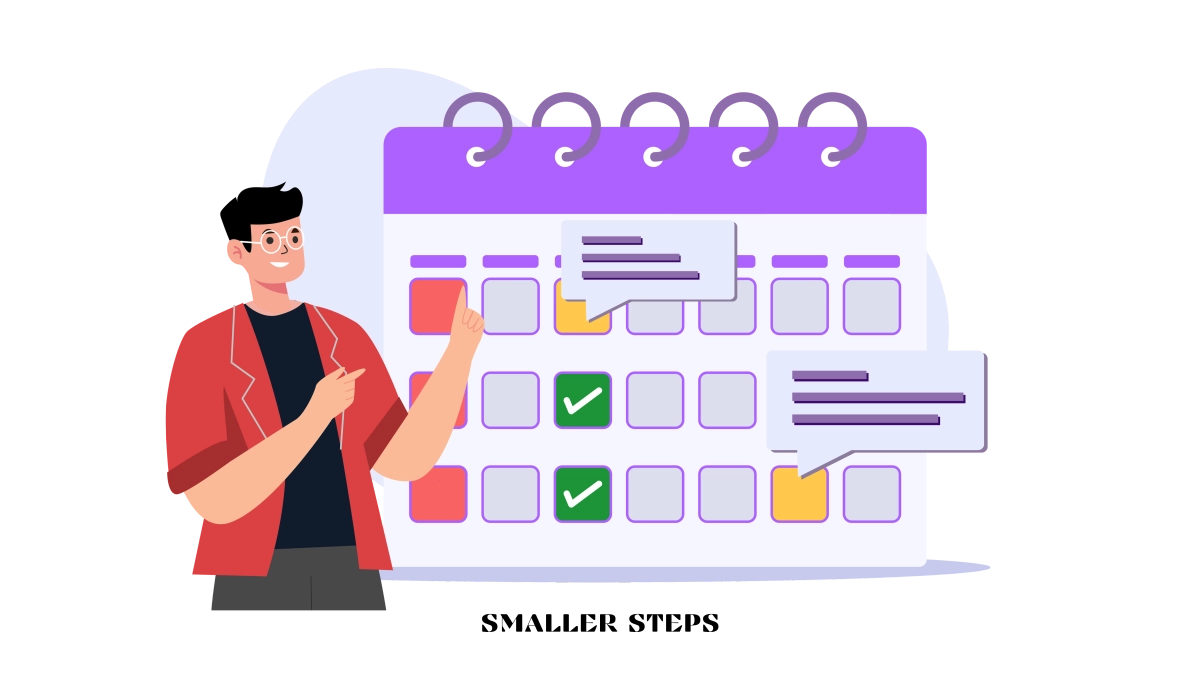
When facing overwhelming tasks, break them down into smaller, more manageable steps. This approach allows you to tackle tasks incrementally and build momentum.
Allocate specific time blocks for different tasks or activities, ensuring dedicated focus and avoiding multitasking.
Minimizing Distractions

Implement strategies to minimize distractions, such as turning off notifications, creating a dedicated workspace, or using productivity apps. These techniques will help you maintain focus and stay on track. Remember to prioritize self-care, including exercise, sleep, and relaxation. By taking care of yourself, you enhance your ability to handle tasks effectively.
Tools and Resources for Effective Prioritization:

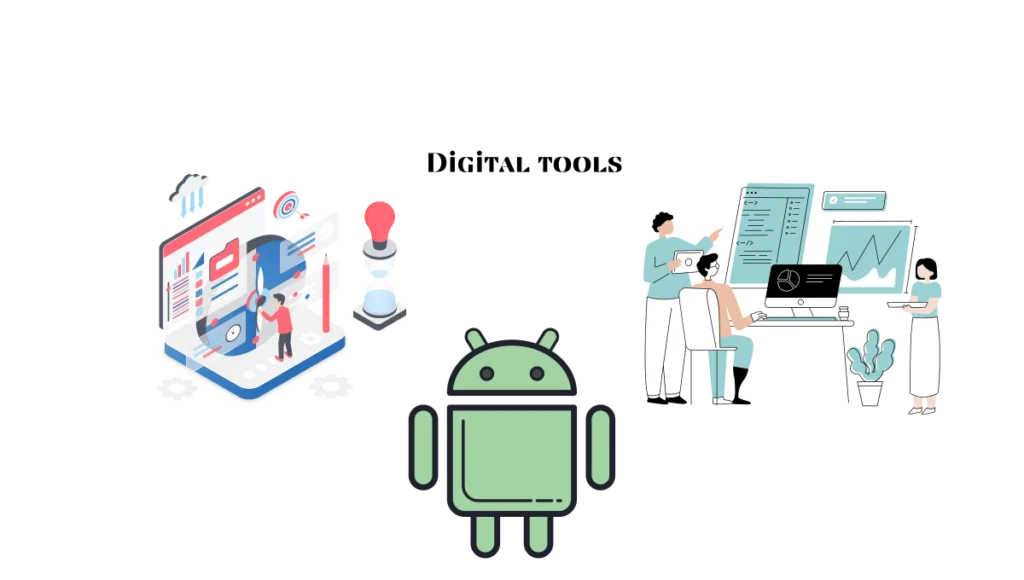
Digital Tools: Explore productivity apps like Trello, Asana, or Todolist that offer features specifically designed for prioritization and task management.
Mental & physical tools: Learn how to meditate effectively to make your mind focused & present, aware & objective, resilient and adaptive. Do physical exercises to keep hormonal balance.
Recommended Reading: Dive into books like “Eat That Frog!” by Brian Tracy or “The 4-Hour Workweek” by Timothy Ferriss, which provide valuable insights and practical techniques for effective prioritization.
Case Studies: Real-Life Examples:
Read inspiring success stories of individuals who have mastered prioritization:
The Ramayana: An Epic Journey of Virtue, Heroism, and Divine Intervention. How Lord Rama Prioritized Tasks and Led the Vanar Sena. (This timeless epic not only reveals the essence of prioritization but also imparts the art of living.). Jai Shri Ram.
Sarah’s Journey: Discover how Sarah, a busy entrepreneur, transformed her overwhelming workload into a streamlined, successful business by implementing prioritization techniques.
John’s Time Management Triumph: Learn how John, a student juggling multiple commitments, overcame procrastination and achieved academic excellence through effective prioritization.
Implementing Prioritization in Daily Life:
Conclusion:
Congratulations! You now have the tools and knowledge to master the art of prioritization and unlock your path to success. By implementing the strategies discussed, aligning your priorities, and leveraging effective tools, you can achieve your goals with confidence and live a more balanced, fulfilling life.
Thank you for your patience. We will meet in the next blog to discuss more about Time management and productivity techniques. Wish you all the best!

FAQs
How long does it take to master prioritization?
The time required to master prioritization varies for each individual. With consistent practice and implementation of prioritization techniques, you can start seeing positive results within a few weeks. However, it’s an ongoing process that requires continuous refinement and adjustment.
Can I use prioritization in both personal and professional settings?
Absolutely! Prioritization is applicable to all areas of life. Whether you’re managing work-related tasks, personal projects, or even daily chores, effective prioritization can help you stay organized, focused, and productive.
What if I have difficulty sticking to my priorities?
Sticking to priorities can be challenging, but it’s crucial for success. Consider using accountability tools or involving a trusted friend or colleague who can help you stay on track. Additionally, regularly reviewing and reassessing your priorities can ensure they remain aligned with your goals.
Is it necessary to reprioritize regularly?
Yes, it’s essential to periodically reassess and reprioritize. Circumstances change, new opportunities arise, and goals evolve. By regularly evaluating your priorities, you can ensure that they remain relevant and aligned with your current aspirations.
How can I determine the urgency and importance of a task?
To assess the urgency and importance of a task, consider factors such as deadlines, impact on your goals, and potential consequences of not completing the task. Evaluate the task’s alignment with your long-term objectives to determine its importance.
Can I use multiple prioritization techniques simultaneously?
Absolutely! Each technique offers a unique perspective on prioritization. Feel free to combine and adapt different techniques to suit your specific needs and circumstances.
How frequently should I review and update my priorities?
Regularly reviewing and updating your priorities is crucial, especially when new tasks arise or circumstances change. Set aside dedicated time, such as weekly or daily reviews, to ensure your priorities remain aligned with your current goals.
How can I stay focused on high-priority tasks and avoid distractions?
Lorem ipsum dolor sit amet, consectetur adipisicing elit, sed do eiusmod tempor incididunt ut labore eten dolore magna aliqua. Ut enim ad minim veniam, quis exercitation ullamco laboris nisi ut aliquip ex ea com mmodo consequat.
What if I struggle with accountability in personal prioritization?
If you find it challenging to maintain accountability in personal prioritization, start by identifying any underlying reasons or obstacles. Seek support from an accountability partner or consider hiring a coach who specializes in productivity and goal achievement.
How can I hold myself accountable without external support?
Self-accountability can be strengthened by setting clear goals, creating a structured routine, establishing rewards and consequences for meeting or missing deadlines, and regularly reviewing progress.
Can accountability be applied to both professional and personal life?
Absolutely! Accountability is a versatile tool that can be applied to various aspects of life, including both professional and personal priorities. Its principles remain the same, regardless of the context.
What if I need to reprioritize tasks due to unforeseen circumstances?
Flexibility is important in prioritization. If unforeseen circumstances arise, review your priorities, make necessary adjustments, and communicate any changes to your accountability partners or stakeholders.
